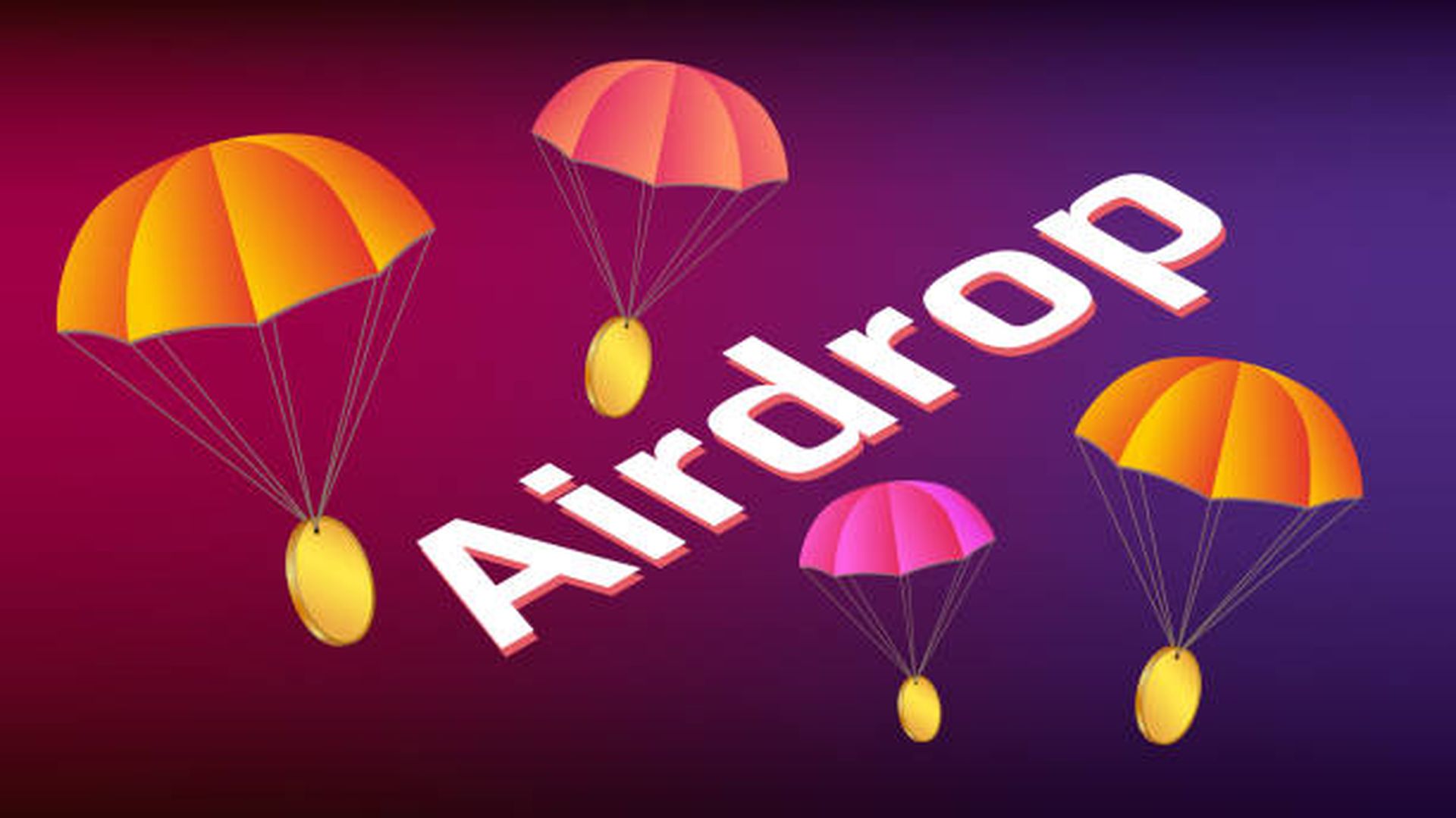Airdrops are the process of distributing tokens to qualified wallet addresses. However, what is crypto airdrop farming, and how does it operate?
Farming with one wallet address is fair and helps decentralize token distribution. Although some users say they use multiple wallets to get more tokens, you can farm using only one wallet and qualify for numerous airdrops.
What Airdrop Farming Entails
Whenever a crypto project aims to decentralize or create awareness, the team mostly uses airdrops to distribute tokens to the community fairly. As the name indicates, airdrops can appear like money dropping from the sky. Nonetheless, to qualify, you may need to implement extra measures.
Airdrop farming is taking the necessary measures to qualify for airdrop tokens. Mostly, it features bridging assets to a different blockchain and interacting with other protocols on the blockchain. Every qualifying act may increase the token distribution for a particular crypto wallet address.
Using the activity of particular wallet addresses invites the potential of one person or group using many wallets to qualify for crypto airdrops on every address. That part divides communities, with many playing fairly and some double or up to quadruple-dipping to receive more tokens.
Some say this tactic is a Sybil attack, aiming to control a protocol using many identities. Nonetheless, the intent is normally less disastrous and could be better described as greed.
Most protocols now use advanced monitoring and sophisticated detection strategies to examine the relationship between wallet addresses and disqualify wallet addresses believed to be farming with many wallets. To be fair and safe, farming with one wallet is wise. The airdrop farming strategy ensures all participants have an equal opportunity and helps in guaranteeing the decentralized distribution of crypto assets.
How To Farm Airdrops
Mostly, the actions needed to qualify for airdrop tokens are unknown until after the snapshot is taken. Projects select an unspecified time and use the wallet activity within these dates and times to document the wallets that engaged in various qualifying activities.
This method is meant to keep distribution fair. Only the team knows the details beforehand and can alter the criteria whenever they like before these details are announced. Nevertheless, most airdrops adopt the same pattern when qualifying wallet addresses.
Since most airdrops follow the same pattern, aspiring farmers can perform various transactions with increased offs that at least some actions qualify for future airdrops or increase the amount acquired from the airdrop.

For instance, if the expected airdrop is for a new blockchain, bridging assets to that chain is mostly a first step in qualifying for an airdrop. Arbitrum used bridging to Arbitrum as a method in their ARB airdrop that was distributed to over 270,000 wallet addresses. Just like most of the other airdrops, Arbitrum also used a points system to determine the amount of tokens every qualifying wallet would get.
Other notable qualifying activities include making swaps, staking, or offering liquidity. Nonetheless, it is quite impossible to know whether any of these will result in a successful airdrop farming endeavor. You make an educated guess according to what past airdrops for other protocols have considered.
Bridging might not be enough. Many projects consider multiple kinds of activity when allocating airdrop tokens, mostly rewarding more active wallet addresses with a huge amount of tokens.
Interact With New Protocols
The underlying theme is always to remain busy interacting with the chain and application. Whenever you are farming an airdrop on a particular chain, always seek the top decentralized apps (dApps) on that chain. Platforms like DeFiLlama can assist in discovering the leading apps. Then, you can interact with the top apps. Swap, stake, or offer liquidity.
Nonetheless, whenever you are farming a potential airdrop for a particular dApp, you must concentrate on the activities available for the app. For instance, the BLUR airdrop considers activity on the Blur NFT marketplace. The rest of the on-chain activities do not affect your airdrop amount.
On the contrary, the ZKsync airdrop utilized a points strategy based on multiple activities on the ZKsync chain, including trading and interacting with 10 smart contracts. Notably, the ZKsync airdrop was estimated to be worth almost $800 million.
Seek opportunities to interact with the particular app or chain as necessary. Some of the most common methods of farming airdrops include swaps, offering liquidity, bridging, staking, and voting on governance.
Maintain On-Chain Activity
Just like physical farming, airdrop farming can need increased effort over a long time. The Arbitrum airdrop used 2-month, 6-month, and 9-month qualifying periods, with the longer durations of on-chain activity attracting more points, and hence more airdrop tokens. ZKsync adopted a similar method for users of the ZKsync Lite Chain, basing the eligibility for the airdrop wallets on transactions in three different months before ZKsync Era’s launch.
Stake Crypto On Various Blockchains
Staking crypto is an excellent strategy for earning passive income, but it is also an ideal way of getting your wallet address on an airdrop list. Projects aiming to decentralize or boost awareness mostly target wallet-staking tokens. Look out for new tokens that arrive in your wallet. Sometimes, you may qualify for an airdrop by holding tokens, although many projects often target wallets participating in staking.
For instance, the Osmosis project airdropped 50 million OSMO tokens to ATOM stakers. In the same context, the BONK token airdrop on Solana targeted wallets with a history of holding or staking SOL and transaction history. In general, 50% of the token supply went to the community. BONK now has an entirely diluted market cap of over $2 billion.
The Takeaway
Airdrop farming is executing particular actions on a new dApp or blockchain to earn free tokens for the chain or decentralized app. While the particular actions needed to qualify normally are not shown beforehand, most airdrops follow a similar strategy, using swaps, staking, bridging, and other transactions to determine eligibility.
Notably, users can start farming with a roadmap, knowing what might be used to determine eligibility and the amount of coins earned.
While it might be tempting to double up on profits by using at least two wallets, most protocols now use detection strategies to disqualify many wallets that belong to one entity or person. To be fair and safe, focus on a single wallet to minimize the risk of paying transaction fees without any airdrop rewards.
